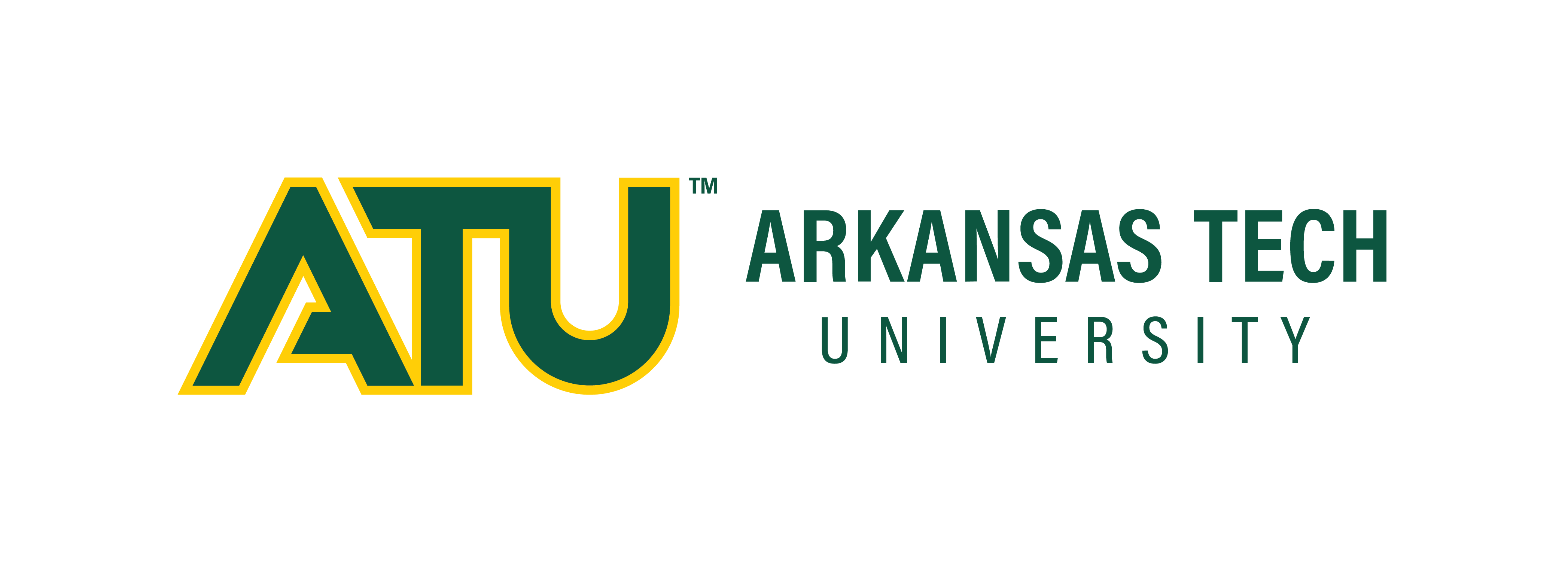Program Type
Undergraduate
Faculty Advisor
Dr. Justin Killingsworth, Dr. Matthew Wilson
Document Type
Poster
Location
Face-to-face
Start Date
18-4-2024 11:00 AM
Abstract
In the United States, there exists a multitude of universities that offer Agricultural Education programs. This project aligned with the American Association for Agricultural Education (AAAE) research value Advanced Public Knowledge of Agriculture, Food and Natural Resources (AFNR) Systems by contributing to education efforts aimed to analyze the quantity of content coursework curriculum required in Agricultural Education degrees across the nation (AAAE, 2023). The purpose of this descriptive synthesis was to use descriptive data to frame the agriculture content coursework for all US bachelor’s programs using each Universities most recent degree plan found on their website. The frame of universities’ programs was obtained from the American Association for Agriculture Educators (AAAE) website that provide Bachelor’s degrees in Agricultural Education with a focus on teacher licensure. These universities (N = 110) served as the population. For each of the programs in the list from AAAE, the curriculum was coded into 11 distinct content areas and the total credit hours in each area for each university. Degree plans were gathered for all programs throughout the nation according to White's search procedures (2004). Data were then compiled and reported through regional and national averages as detailed through established synthesis methodology (Cooper & Hedges, 1994). All data results will be provided in a handout to disperse in person with the poster presentation at the research symposium. Additional investigation is recommended to study the elective courses selected, student performance within those courses, and the role that elective courses fill for preservice teachers. In keeping with Shulman’s “missing paradigm” problem toward educational content (1986), teacher educators are recommended to consider the importance of all agriculture content areas that have been identified as standards (AAAE, 2015). Balance within preservice teachers’ required coursework should align with the ideal model that we have established to guide our professional practice.
Recommended Citation
Jennings, Alex, "What are we teaching our nation’s ag teachers? A synthesis of agriculture content courses in all U.S. agricultural education bachelor’s degree programs." (2024). ATU Research Symposium. 39.
https://orc.library.atu.edu/atu_rs/2024/2024/39
Included in
Higher Education and Teaching Commons, Other Teacher Education and Professional Development Commons, Secondary Education and Teaching Commons
What are we teaching our nation’s ag teachers? A synthesis of agriculture content courses in all U.S. agricultural education bachelor’s degree programs.
Face-to-face
In the United States, there exists a multitude of universities that offer Agricultural Education programs. This project aligned with the American Association for Agricultural Education (AAAE) research value Advanced Public Knowledge of Agriculture, Food and Natural Resources (AFNR) Systems by contributing to education efforts aimed to analyze the quantity of content coursework curriculum required in Agricultural Education degrees across the nation (AAAE, 2023). The purpose of this descriptive synthesis was to use descriptive data to frame the agriculture content coursework for all US bachelor’s programs using each Universities most recent degree plan found on their website. The frame of universities’ programs was obtained from the American Association for Agriculture Educators (AAAE) website that provide Bachelor’s degrees in Agricultural Education with a focus on teacher licensure. These universities (N = 110) served as the population. For each of the programs in the list from AAAE, the curriculum was coded into 11 distinct content areas and the total credit hours in each area for each university. Degree plans were gathered for all programs throughout the nation according to White's search procedures (2004). Data were then compiled and reported through regional and national averages as detailed through established synthesis methodology (Cooper & Hedges, 1994). All data results will be provided in a handout to disperse in person with the poster presentation at the research symposium. Additional investigation is recommended to study the elective courses selected, student performance within those courses, and the role that elective courses fill for preservice teachers. In keeping with Shulman’s “missing paradigm” problem toward educational content (1986), teacher educators are recommended to consider the importance of all agriculture content areas that have been identified as standards (AAAE, 2015). Balance within preservice teachers’ required coursework should align with the ideal model that we have established to guide our professional practice.


